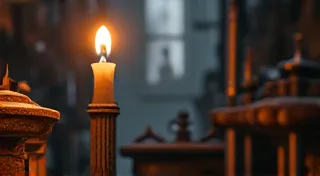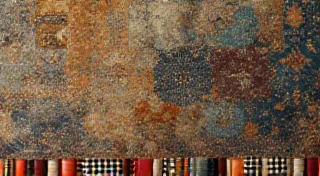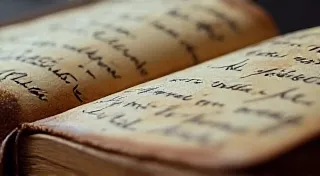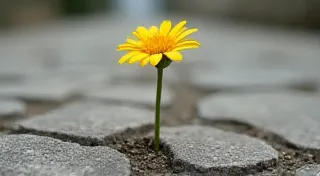A Palimpsest of Letters: The Stories Layered within a Single Ribbon
The scent of aged ink and dried oilcloth – it's a unique aroma, instantly recognizable to those who’s spent time with antique typewriters. But beyond the pleasing fragrance lies something far more profound when you hold a vintage typewriter ribbon in your hand. It isn’t simply a strip of fabric coated in pigment; it’s a palimpsest – a manuscript on which the original writing has been erased or covered, but traces of it remain. Each ribbon, particularly those used extensively, holds a layered narrative, whispering tales of forgotten correspondence, nascent literary drafts, and hurried memoranda, all interwoven into the very fabric.
Think of the ribbon not as a blank slate, but as a canvas already partially painted. Each impression from the type bars, even seemingly insignificant ones, subtly alters the ribbon’s composition. The ink bleeds, the oilcloth stretches, the colours subtly shift. These are not imperfections; they are echoes of the words that have been written, impressions of past lives intertwined with the present.
I recall the first time I truly grasped this concept. I inherited a collection of typewriters from my grandfather, a retired English professor. Among them was a beautiful, if somewhat battered, Underwood No. 5, accompanied by a generous supply of ribbons. Most were dry and brittle, but one – a dark brown – seemed surprisingly pliable. As I carefully wound it onto the machine, I couldn’t shake the feeling that it held a secret. When I began to type, the printed letters, though a little faded, felt… different. There was a faint, almost ghostly presence to them, a resonance that suggested countless other words had graced that same space before.
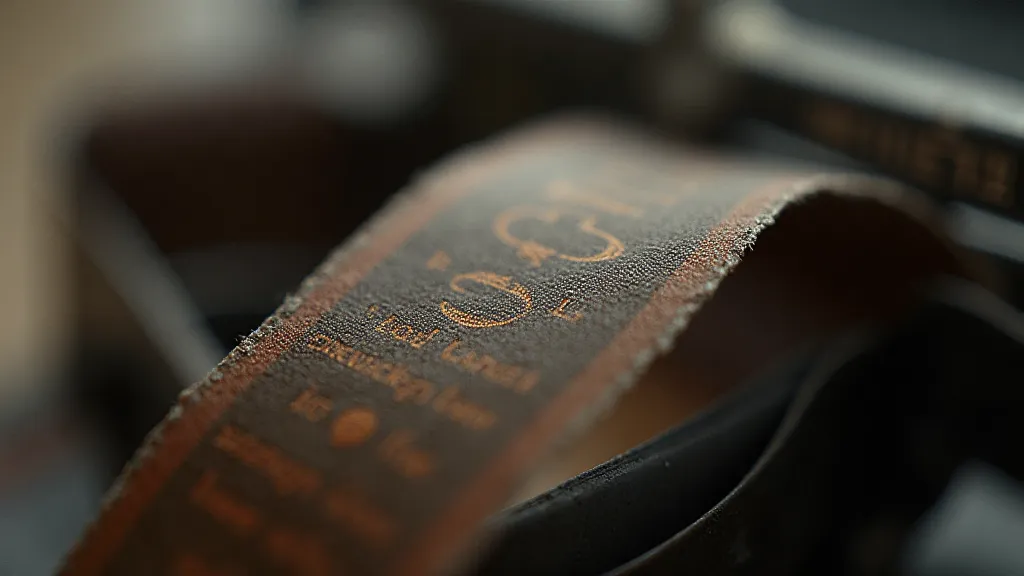
The Life of a Ribbon: From Manufacturing to Manuscript
Understanding the history of these ribbons helps us appreciate their inherent value. In the early 20th century, typewriter ribbons weren't disposable. They were an investment. Manufactured from lengths of woven cotton or linen (later, nylon or rayon), they were then meticulously coated with ink using a complex process. The quality of the ink was crucial – too thin, and the print would be faint; too thick, and it would clog the type bars. The ribbon was then carefully wound onto spools, ready for its service.
The lifespan of a ribbon depended on its use. A ribbon used by a busy office clerk would likely be worn out within a few months, a blur of invoices, letters, and memos. But a ribbon used by a novelist, painstakingly crafting a manuscript, could last for years, witnessing the birth of characters and the evolution of a story. These longer-lived ribbons become true palimpsests, accumulating layers of literary history. The stories held within these ribbons are remarkable—imagine the breadth of human experience woven into their fragile threads. Exploring these narratives further, one might appreciate the truly remarkable stories imprinted on well-used typewriter ribbons.
The materials themselves tell a story. Early ribbons were often coated with glycerine-based inks, which produced a rich, vibrant print but were susceptible to fading. Later inks, often based on aniline dyes, were more durable but sometimes had a tendency to bleed. Recognizing these subtle differences can be a fascinating exercise for collectors, offering clues about the ribbon’s age and origin. Examining these degradation patterns can even provide insights that serve as a chronometer of ink, allowing us to date typewriter ribbons with surprising accuracy.
The Craftsmanship: A Lost Art
The manufacturing process itself was a testament to craftsmanship. Ribbons weren’t churned out by machines; they were largely produced by hand, requiring skill and attention to detail. The weavers who created the fabric were artisans, as were the ink applicators. The winding process also required a delicate touch, ensuring that the ribbon was evenly distributed on the spools to prevent jams and uneven printing.
This dedication to quality is something that’s often lacking in today’s disposable culture. We’ve become accustomed to replacing items as soon as they show the slightest sign of wear. But with antique typewriter ribbons, that mindset is simply inappropriate. These are objects of beauty and historical significance, deserving of careful preservation and restoration.
Repairing a vintage typewriter ribbon is more than just a mechanical task; it’s an act of reverence. It’s about honoring the craftsmanship of those who made it and acknowledging the stories it holds. It’s about slowing down, appreciating the details, and connecting with the past. Understanding the methods used to create these ribbons highlights their value, and reveals why the weaver’s thread connects writers across generations, preserving a legacy of artistry and dedication.
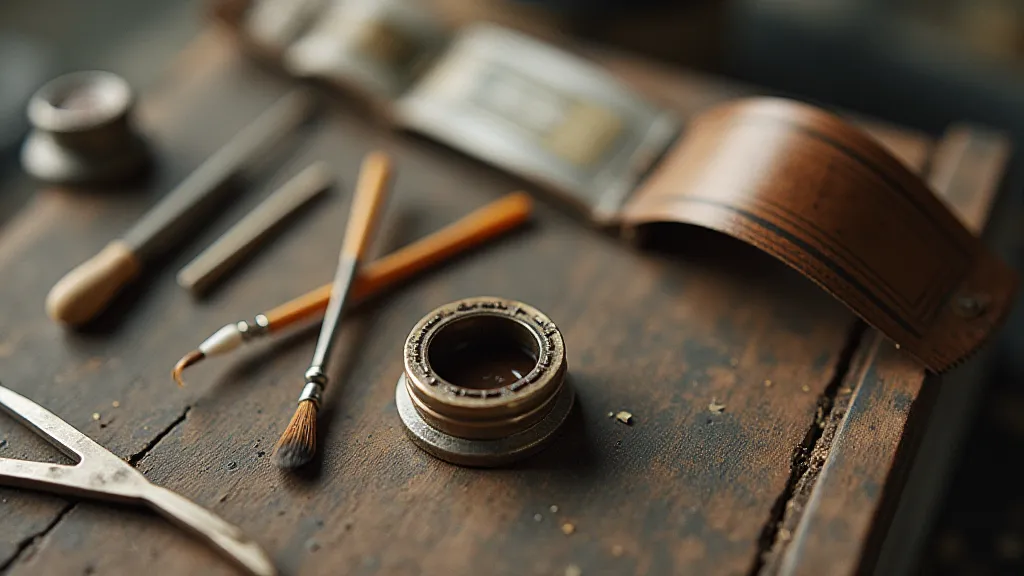
Restoration: Unveiling the Layers
Restoring a typewriter ribbon isn't always about bringing it back to its original condition. Often, the marks of age – the subtle fading, the slight discoloration – are an integral part of its story. However, there are certain interventions that can be undertaken to prolong its life and improve its appearance. These include cleaning the ribbon to remove surface grime, consolidating brittle areas, and, in some cases, gently re-inking faded sections.
The key is to be conservative. Aggressive cleaning or re-inking can easily damage the ribbon or erase the subtle nuances that make it unique. It's often better to leave a ribbon slightly faded than to risk destroying it through overzealous restoration.
For serious collectors, knowing the nuances of ribbon restoration is vital. It requires understanding the different types of ink, the properties of the fabrics used, and the potential consequences of various treatments. It's a skill that’s best learned through experience and guidance from experienced restorers. The journey to understanding and maintaining these artifacts is a rewarding one, offering a glimpse into a lost era of precision and artistry.
A Silent Witness
Holding a vintage typewriter ribbon is like holding a fragment of the past. It’s a tangible link to a time when communication was slower, more deliberate, and more personal. Each ribbon carries within it the echoes of countless words, the whispers of forgotten voices, and the ghosts of untold stories.
And who knows what secrets those stories hold? Perhaps a love letter, a plea for help, a groundbreaking invention, or a poem that would have changed the world. These ribbons are silent witnesses to human experience, patiently waiting to be rediscovered and appreciated. The wealth of experiences recorded on these fragile materials underscores the importance of preserving them for future generations to appreciate.
The next time you encounter a vintage typewriter ribbon, take a moment to pause and reflect on its journey. Imagine the hands that wound it onto the spools, the typewriters it graced, and the words it helped to create. You might just be surprised by the stories you find. These ribbons aren’t merely artifacts; they are conduits to the past, reminders of a time when words held greater weight and personal connection was paramount.
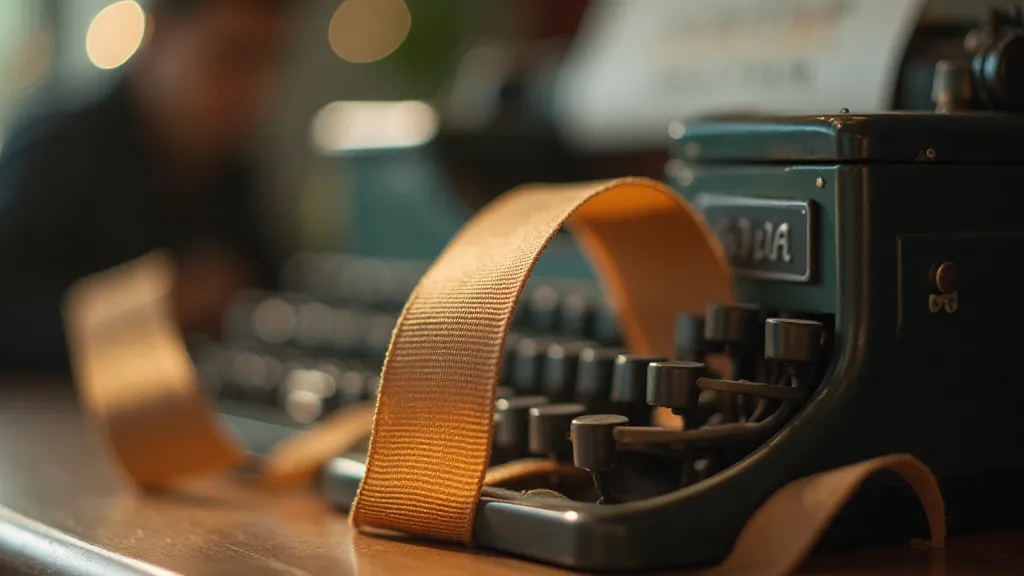
Considering the complexities and unique challenges involved in preserving these historical records, one might find further insight and appreciation by exploring how a tapestry of time weaves together the stories held within ribbons, uniting the efforts of historians, archivists, and passionate collectors.

